With just a piece of paper and a specially developed app, a smartphone can turn into a sophisticated instrument for detecting ear infections.
It may sound unbelievable, but the University of Washington researchers behind this project touted promising results in a new article published in Science Translational Medicine.
Fluid buildup in the middle ear is usually a sign of an ear infection, and it’s often detected by specialized tools that use acoustics or a puff of air. However, according to co-first author and computer scientist Justin Chan, there’s only a 50 percent chance that a tool called an otoscope will detect fluid in a child’s ear.
“Fluid behind the eardrum is so common in children that there’s a direct need for an accessible and accurate screening tool that can be used at home or clinical settings,” said Dr. Sharat Raju, co-first author and surgical resident in otolaryngology-head and neck surgery at the UW School of Medicine.
The team trained a machine learning algorithm to detect fluid in a child’s ear by assessing the reflected sound waves from a bird-like chirp emitted by a smartphone. Any piece of paper can be folded into a funnel shape and used to ‘guide’ the chirp into the middle ear.

“A key advantage of our technology is that it does not require any additional hardware other than a piece of paper and a software app running on the smartphone,” said study co-author Shyam Gollakota, an associate professor in the UW’s Paul G. Allen School of Computer Science & Engineering.
The smartphone could accurately detect if there is fluid in a child’s ear 85 percent of the time, about the same level of sensitivity achieved by standard methods. Moreover, 24 out of 25 parents who used the smartphone tool themselves got the same results as when doctors performed the test. An accessible, accurate, at-home screening tool could ease the minds of parents who may not recognize the symptoms of ear infections or have the time to visit the doctor.
“If parents could use a piece of hardware they already have to do a quick physical exam that can say ‘Your child most likely doesn’t have ear fluid’ or ‘Your child likely has ear fluid, you should make an appointment with your pediatrician,’ that would be huge,” added Dr. Raju.
In 2012, biotech startup CellScope came out with a “do-it-yourself otoscope”, an assortment of cell phone attachments that enable parents to look for ear infections themselves. The company launched a companion app in 2016 capable of monitoring rashes and ear infections without paying a visit to the doctor’s office. This is just one of hundreds of applications of smartphone technology in the healthcare industry.
When paired with a medical device, researchers have developed strategies to detect diabetes-caused blindness and improve social skills in children with autism spectrum disorder. Another smartphone app assesses breathing patterns through sound waves as a proxy for detecting an opioid overdose.
The University of Washington researchers need to conduct more patient studies before the app becomes publicly available. They plan to commercialize the technology through a spinout company called Edus Health.


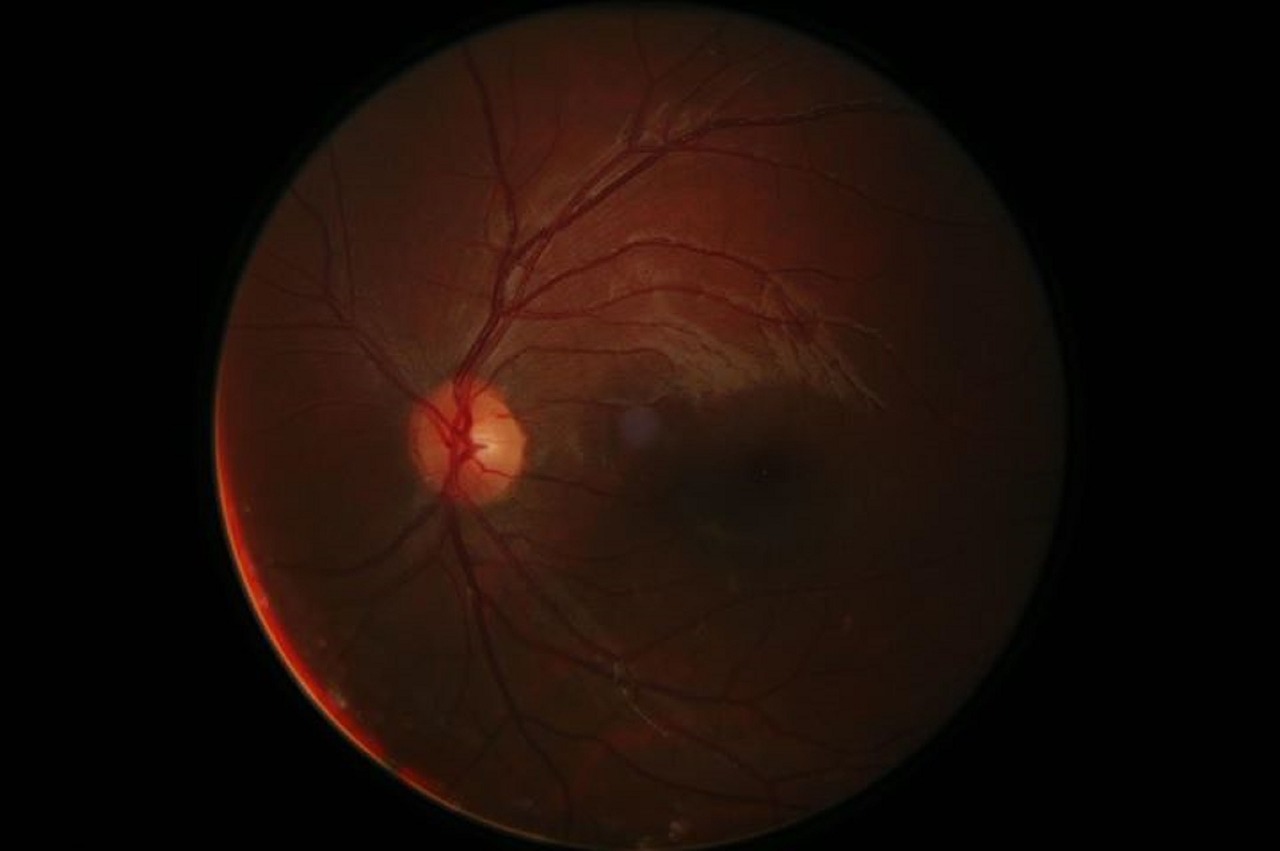

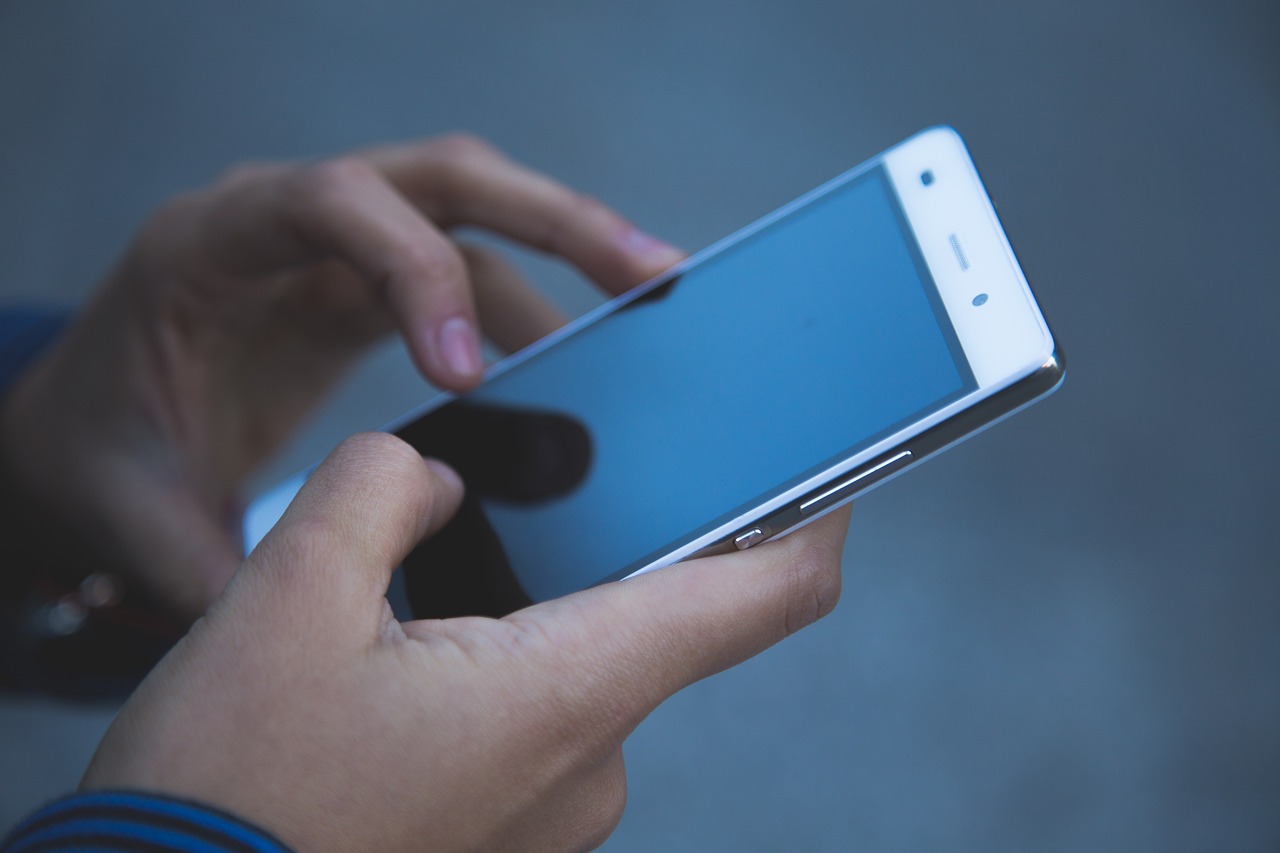
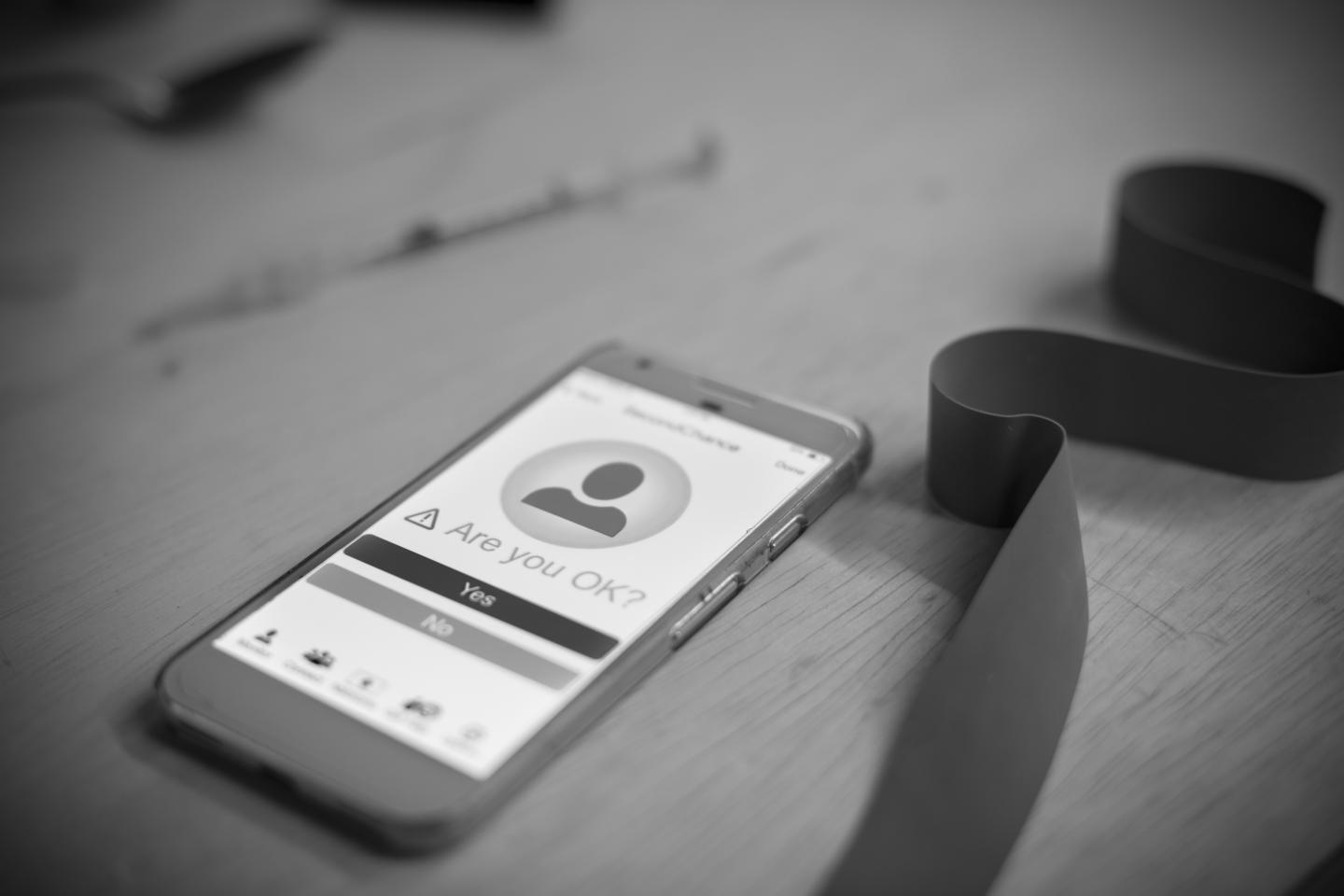
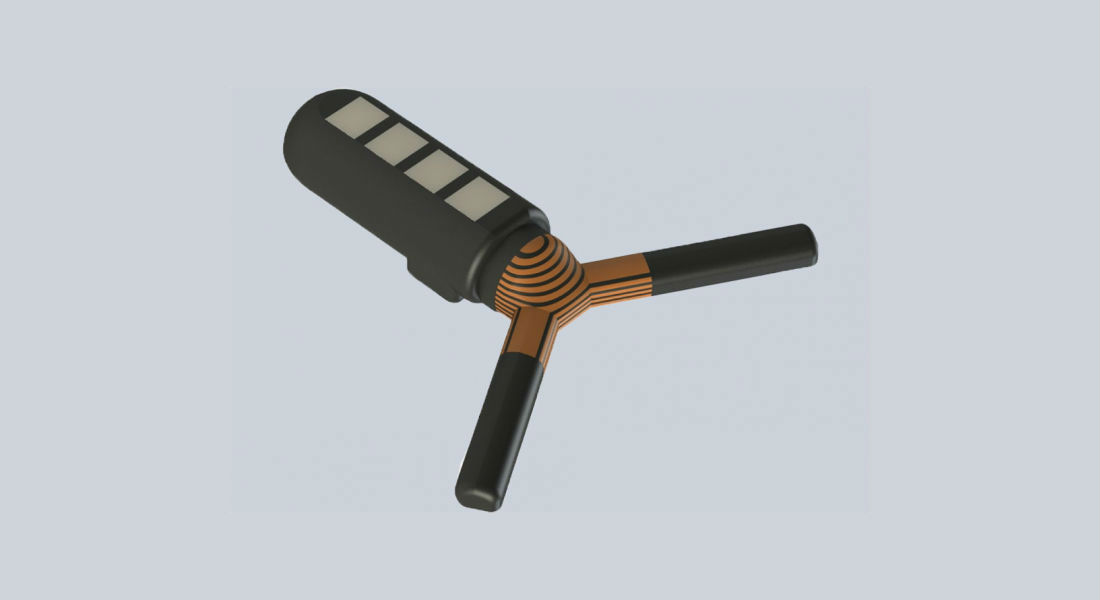




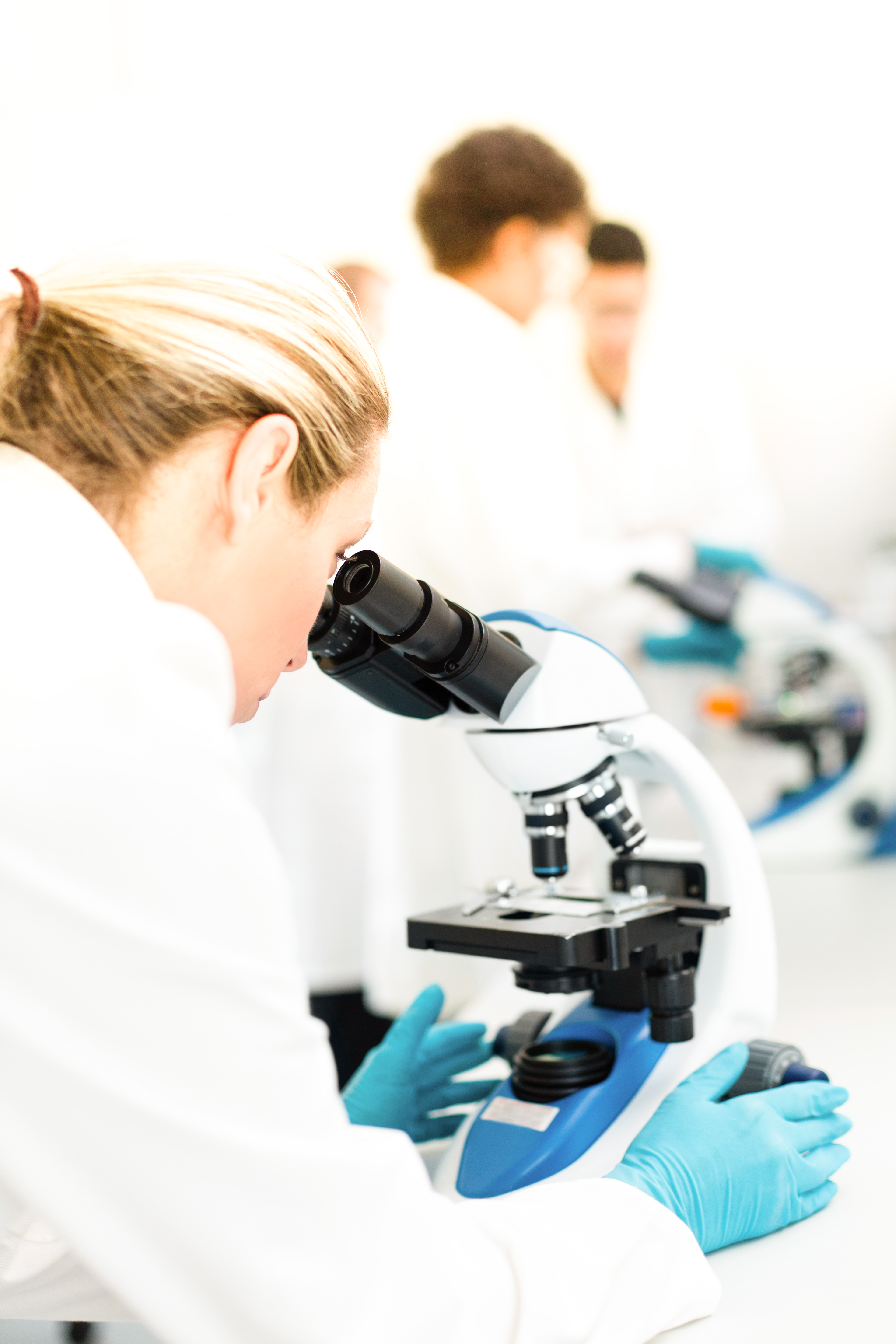
Join or login to leave a comment
JOIN LOGIN